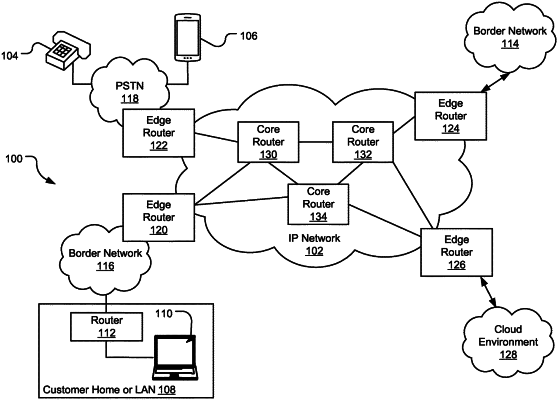| CPC H04L 45/12 (2013.01) [H04L 41/145 (2013.01); H04L 45/22 (2013.01); H04L 45/28 (2013.01); H04L 45/50 (2013.01)] | 18 Claims |

|
1. A method for modeling a telecommunications network, the method comprising:
generating, by a computing device and based on network data, an initial network model comprising nodes representing components of a network and edges representing connections between components of the network;
applying a transformation to the initial network model to combine nodes and edges of the initial network model and reduce a number of nodes and edges of the initial network model;
generating, based on the transformed network model, a shortest path network model comprising edges corresponding to a shortest path determination between a plurality of nodes of the transformed network model; and
simulating, by the computing device and based on the shortest path network model, a failure scenario of the network, wherein the simulation comprises altering a characteristic of an edge of the shortest path network model based on a routing scheme of the network,
wherein the routing scheme is an Equal Cost Multi-Path (ECMP) routing scheme and wherein generating the shortest path network model comprises transposing the transformed network model to reverse a dependency between the plurality of nodes of the transformed network model.
|